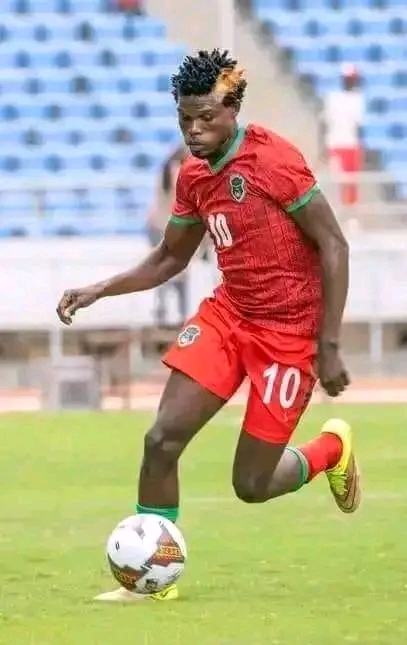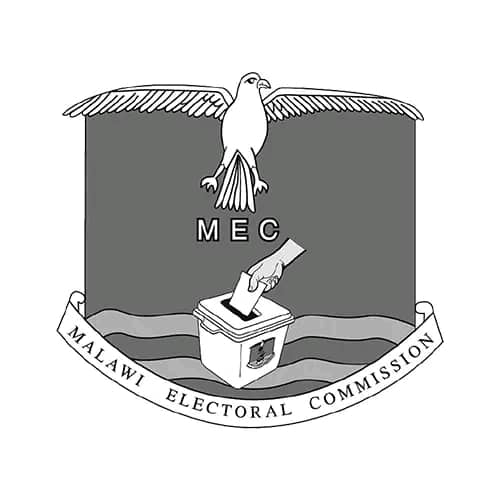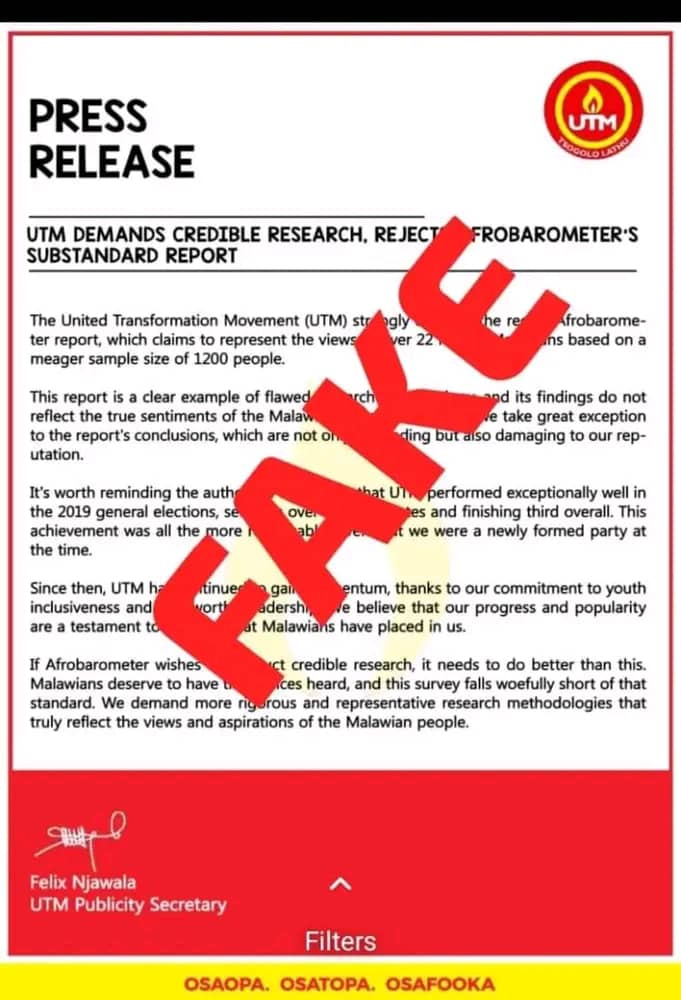By Burnett Munthali
The challenges facing Malawian football have been well-documented, with persistent issues ranging from poor infrastructure and lack of investment to inadequate coaching and governance. As discussions around these challenges continue, it’s crucial to identify actionable solutions that can lead to tangible improvements. In my opinion, a fundamental aspect of addressing these challenges lies in developing football from the grassroots level.
1) Establishing grassroots programs
One of the most effective ways to cultivate a sustainable football culture is to focus on grassroots development. This involves creating opportunities for young players to engage with the sport at an early age. Key initiatives could include:
School Football Leagues: Implementing organized football leagues within schools across the country can provide students with structured competition, fostering a love for the game while developing essential skills. This would also encourage healthy lifestyles among youth, promoting both physical and mental well-being.
Community Clubs: Supporting the establishment of community-based football clubs that offer training and matches for various age groups. These clubs can serve as a bridge between schools and professional leagues, helping to identify and nurture talent within local communities.
2) Investment in training facilities
Another critical solution is to invest in training facilities specifically designed for youth development. This includes:
Building Local Training Centers: Establishing dedicated football academies equipped with the necessary facilities and resources for coaching young players. These centers can serve as hubs for talent identification and development, providing aspiring athletes with a solid foundation.
Upgrading School Facilities: Ensuring that schools have access to quality sports facilities, including football pitches and training equipment, can significantly enhance the training environment for young athletes.
3) Coaching Development and Education
To foster a successful footballing environment, it is essential to prioritize the development of coaching standards. This can be achieved through:
Coaching Clinics and Workshops: Regularly organizing training sessions and workshops for coaches at all levels. These clinics should focus on modern coaching techniques, tactical awareness, and player development strategies.
Certification Programs: Creating clear pathways for coaches to obtain certifications, ensuring that they are equipped with the skills necessary to train and develop young players effectively.
4) Strengthening governance and management
Effective governance is critical for the long-term success of Malawian football. Solutions in this area include:
Transparent Management Practices: Implementing transparent management structures within football associations that ensure accountability in decision-making and financial management. This can help restore public confidence in the administration of football.
Stakeholder Engagement: Involving various stakeholders—players, coaches, clubs, and fans—in decision-making processes can foster a sense of ownership and community around football initiatives.
Conclusion
In conclusion, the challenges facing Malawian football are multifaceted, but solutions do exist. By focusing on grassroots development, investing in training facilities, enhancing coaching standards, strengthening governance, and promoting youth football from the age of 9, stakeholders can create a more sustainable and successful football culture in Malawi.
These solutions require commitment and collaboration from government, football associations, local communities, and private entities to foster an environment where football can thrive. Through concerted efforts, Malawian football can evolve from its current state and achieve both national pride and international competitiveness. The future of football in Malawi is bright, and with the right strategies in place, it can flourish for generations to come.




